| 3 | To top | ||
 |
3M |
Grommes, Walther
3M Insulative Thermal Bonding Film (ITBF) for Power Module Packaging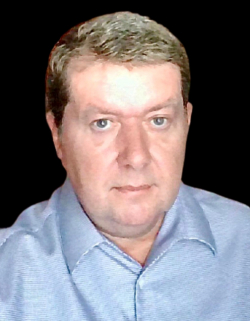
 Abstract Biography |
Advanced Packaging Conference |
| A | To top | ||
 |
Airbus |
Ombach, Grzegorz
The Future of Aviation Abstract Biography |
Executive Forum |
 |
Alemnis AG |
Widmer, Remo
Recent innovations in Scanning electron microscope in situ mechanical testing for semiconductor failure analysis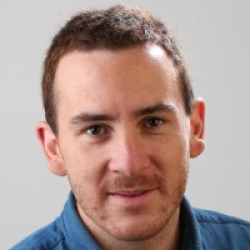
 Abstract Biography |
Innovation Showcase |
| Alphawave IP |
Chan Carusone, Tony
Feeding AI’s Demand for DataAbstract Biography |
Thursday Innovation Showcase | |
|
|
Amkor Technology Europe Portugal (ATEP) |
Silva, José
Amkor Activities in Portugal and Overall Trends in Europe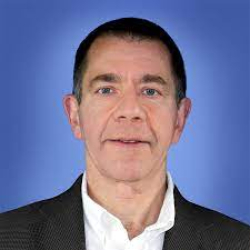
Abstract Biography |
Advanced Packaging Conference |
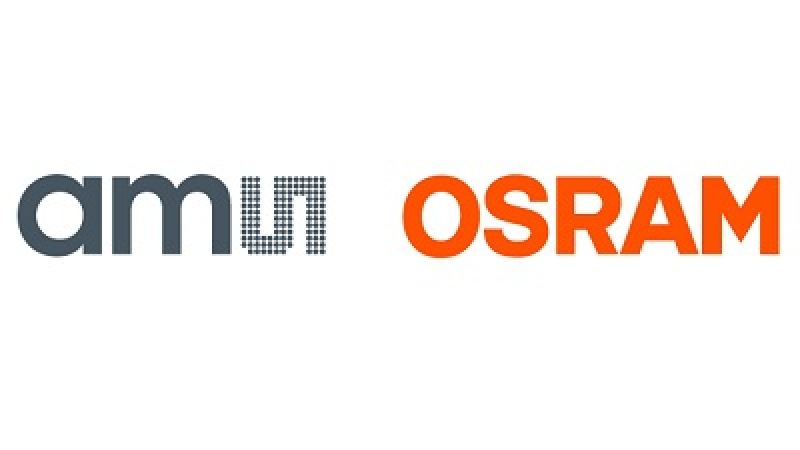 |
ams OSRAM |
Milnikel, Jens
Opening Keynote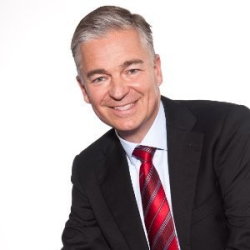
 Abstract Biography |
Smart MedTech |
 |
Applied Materials |
Neuber, Andreas
Sustainability Improvements in Semiconductor Manufacturing Using Smart Manufacturing Technologies
 Abstract Biography |
Smart and Green Manufacturing Summit |
| ASM International |
Givens, Michael
How Did and Will Atomic Scale Processing Change the Logic and Memory IndustriesAbstract Biography |
Materials Innovation | |
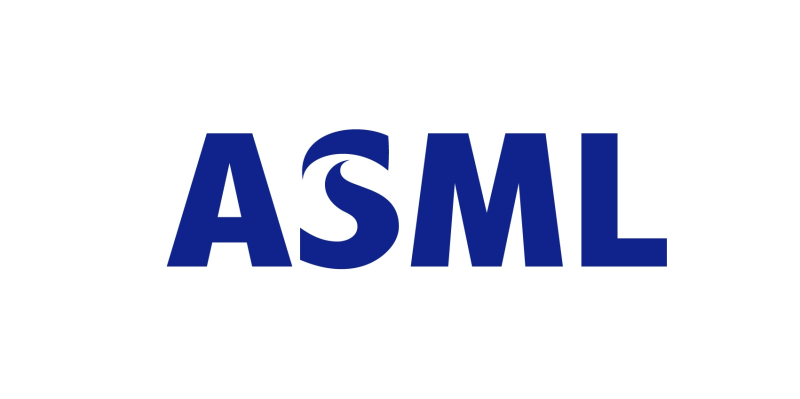 |
ASML |
Hajiahmadi, Reza
Wafer contamination detection: an unsupervised learning approach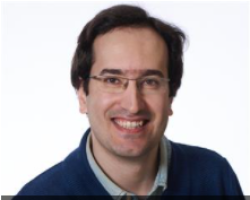
 Abstract Biography |
Innovation Showcase |
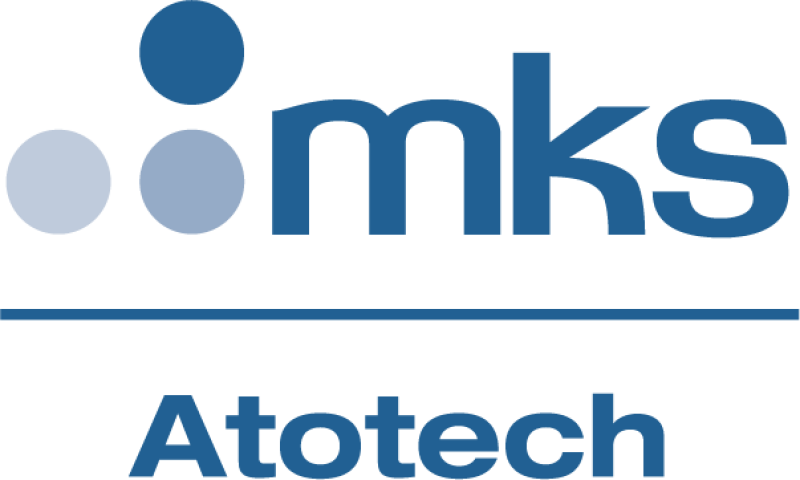 |
Atotech |
Schmidt, Ralf
Optimization of the Cu Microstructure to Improve Cu-to-Cu Direct Bonding for 3D Integration Abstract Biography |
Advanced Packaging Conference |
| C | To top | ||
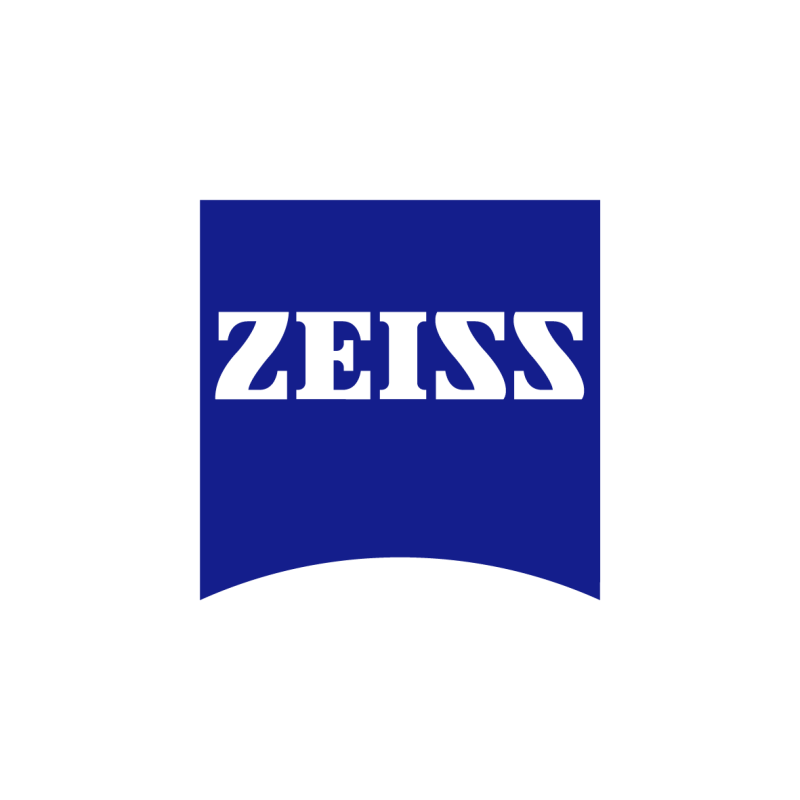 |
Carl Zeiss Digital Innovation GmbH |
Hörr, Christian
The Pareto Principle in Industry 4.0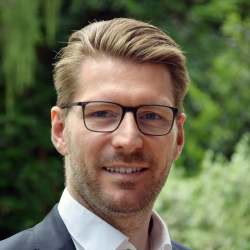
 Abstract Biography |
Fab Management Forum |
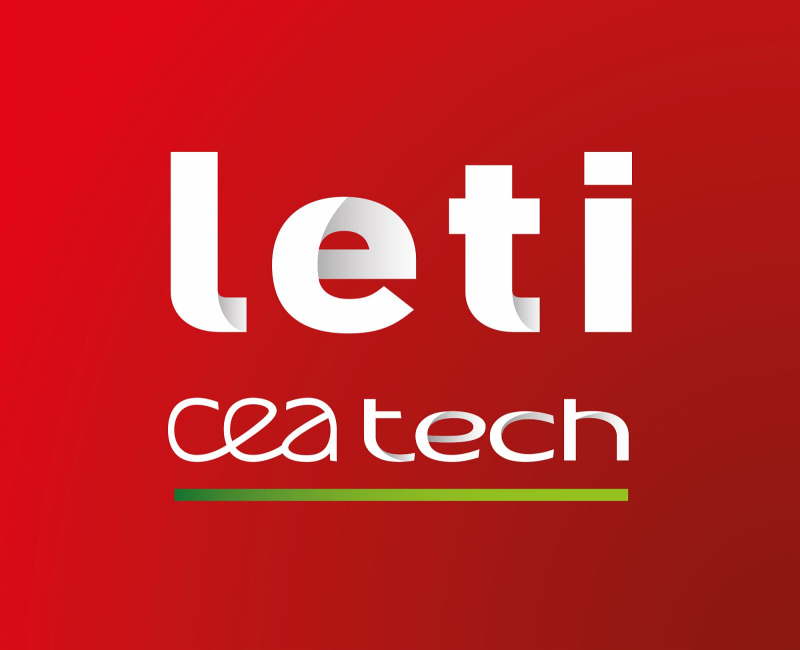 |
CEA-Leti |
Joly, Sylvie
Will More-than-Moore technologies with 3D integration meet the challenges of edge AI devices ?
 Abstract Biography |
Future of Computing |
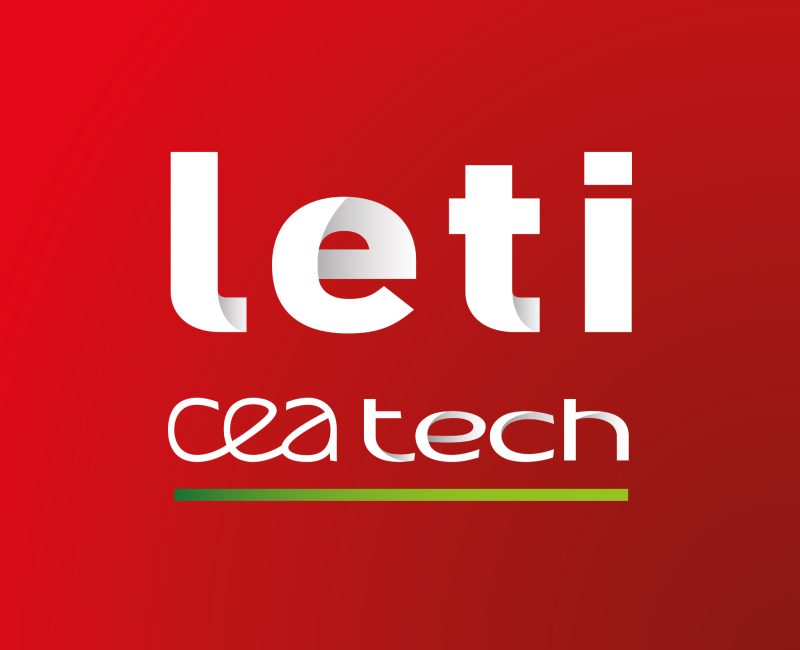 |
CEA, Leti MINATEC |
Sousa, Veronique
Overview of the normally-OFF GaN-on-Si MOSc HEMT transistor in the fully recessed gate architecture
 Abstract Biography |
Electrification & Power Semiconductors |
| Cimetrix Incorporated |
Weber, Alan
The Role of Streaming Data in Smart Manufacturing: Methods, Applications, and Benefits
Abstract Biography |
Thursday Innovation Showcase | |
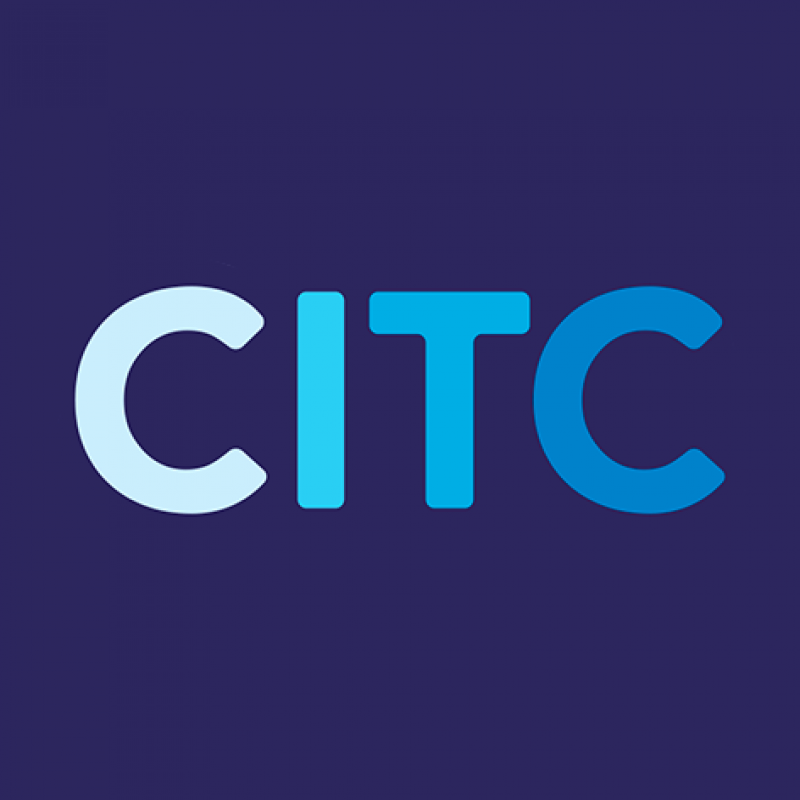 |
CITC |
Smits, Edsger
Reliability characterization of silver sintering for die attach applications
 Abstract Biography |
Advanced Packaging Conference |
 |
Cohu |
Wagner, Markus
The challenges in testing small and highly integrated devices in a massive parallel test system Abstract Biography |
Advanced Packaging Conference |
| D | To top | ||
 |
DAS Environmental Expert GmbH |
Davies, Guy
The Road To A Zero-Emission Subfab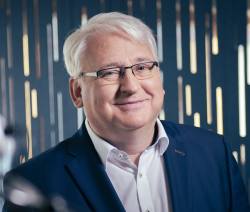
 Abstract Biography |
Smart and Green Manufacturing Summit |
| E | To top | ||
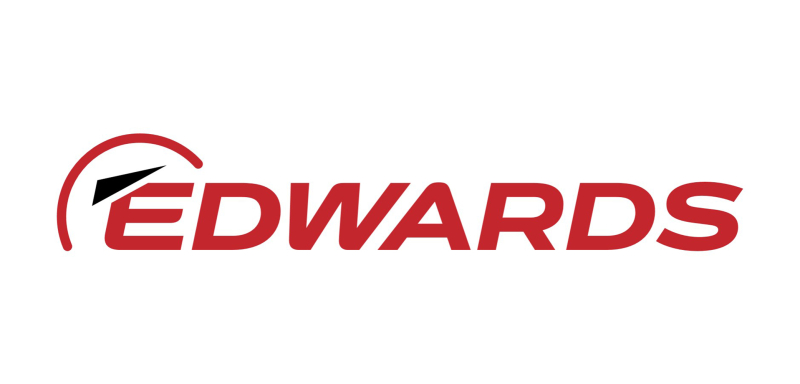 |
Edwards Vacuum |
Serapiglia, Antonio
Improving productivity by using data in the subfab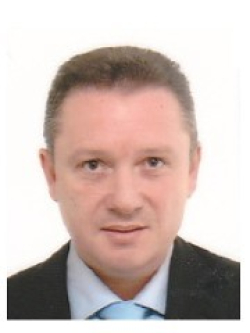
 Abstract Biography |
Fab Management Forum |
 |
Edwards Vacuum |
Jones, Chris
Collaboration - The challenge to reduce emissions during a period of growth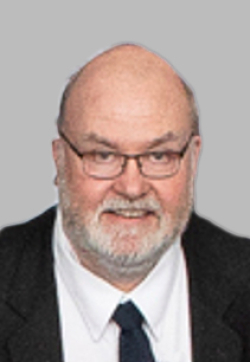
 Abstract Biography |
Smart and Green Manufacturing Summit |
 |
Edwards Vacuum |
Wilson, Kate
Sustainability of the Semiconductor Industry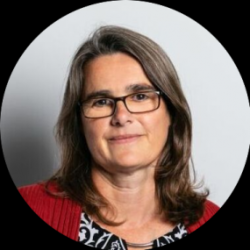
 Abstract Biography |
Executive Forum |
 |
Edwards Vacuum |
Lievens, Tom
Coming Soon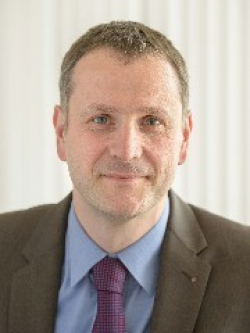
 Abstract Biography |
The Future of Work |
 |
Eindhoven University of Technology |
Fiore, Andrea
Spectral sensing with photonic chips
 Abstract Biography |
Integrated Photonics |
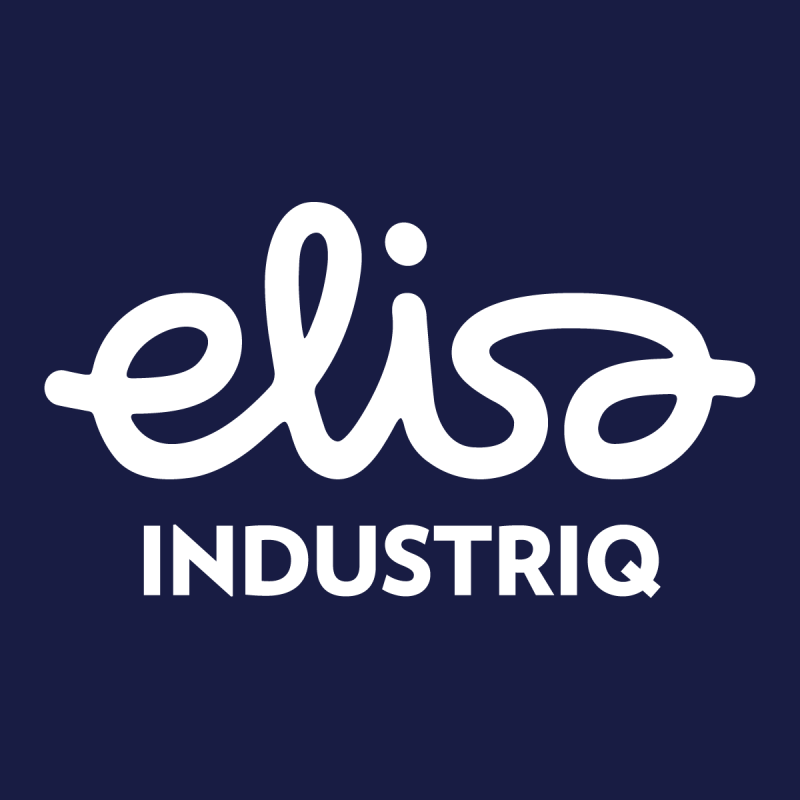 |
Elisa IndustrIQ |
Ylä-Jarkko, Kalle
Machine Learning Solving the Puzzle in Wafer Anomaly Detection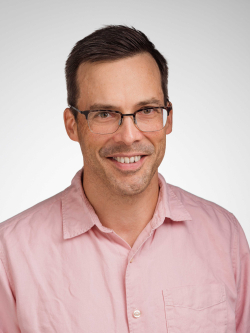
 Abstract Biography |
Thursday Innovation Showcase |
 |
Entegris |
Amade, Antoine
Automotive Reliability – Contamination Management and Maturity of the Ecosystems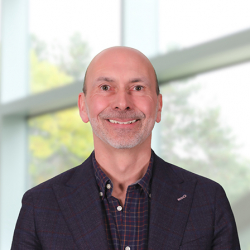
 Abstract Biography |
Smart Mobility |
 |
Ericsson Research |
Tillman, Fredrik
Industry Talk: THz Frequencies and Mobile Networks – a good blend? Abstract Biography |
ITF Beyond 5G |
| F | To top | ||
 |
Fraunhofer-Gesellschaft |
Schulze, Jörg
(Ultra-)Wide Bandgap Semiconductors for Sensor and Power Electronic Applications
 Abstract Biography |
Electrification & Power Semiconductors |
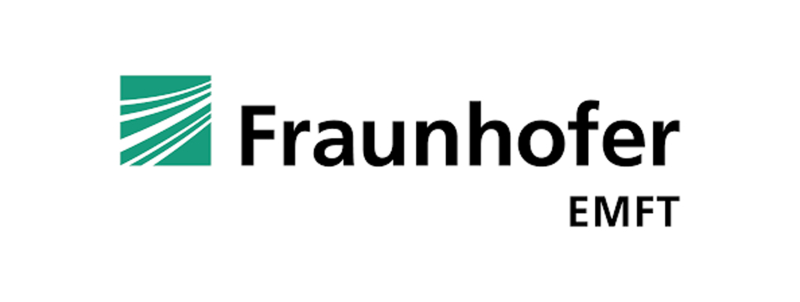 |
Fraunhofer Institute for Reliability and Microintegration IZM |
Nissen, Nils
Green ICT Abstract Biography |
Smart and Green Manufacturing Summit |
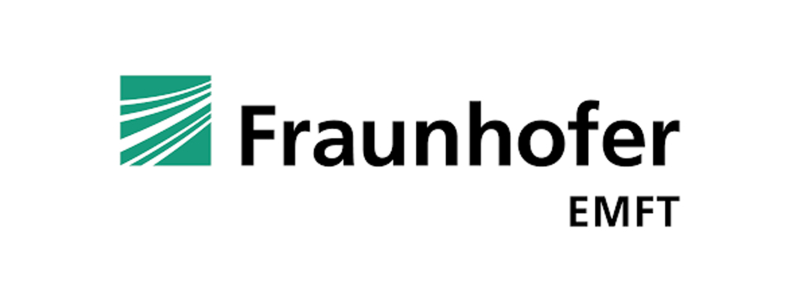 |
Fraunhofer Research Institution for Modular Solid State Technologies EMFT |
Wieland, Robert
Green ICT
 Abstract Biography |
Smart and Green Manufacturing Summit |
| G | To top | ||
 |
Galaxy Semiconductor |
Smith, Wes
An Omnivariate Test Data Approach to Reliability Improvement for Aerospace and Automotive Applications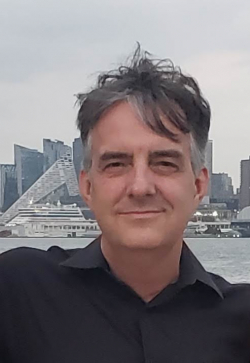
 Abstract Biography |
Thursday Innovation Showcase |
 |
GLOBALFOUNDRIES |
Capecchi, Simone
GlobalFoundries 22FDX® Auto grade 1 Chip Package Interaction Reliability Assessment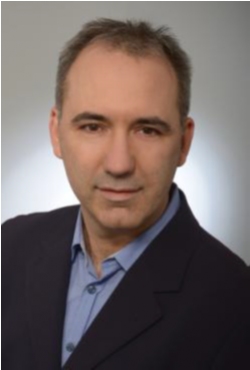
 Abstract Biography |
Advanced Packaging Conference |
 |
GLOBALFOUNDRIES |
Yan, Ran
MicroLED Advance Bonding Method to enable AR Metaverse
 Abstract Biography |
Future of Computing |
| H | To top | ||
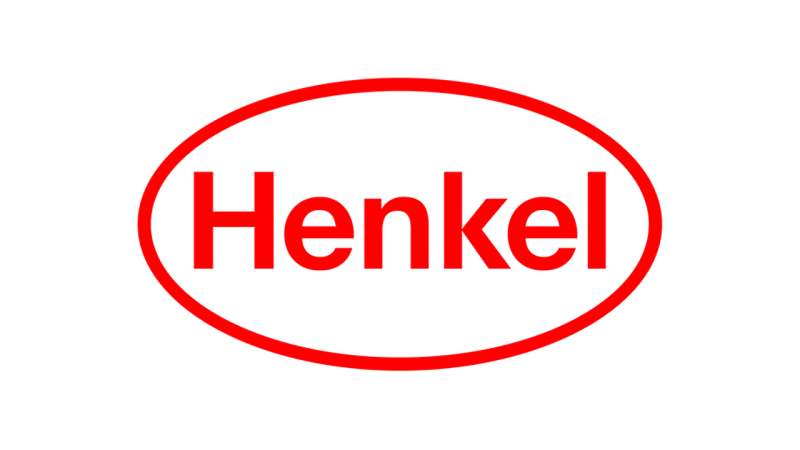 |
Henkel Corporation |
Trichur, Ramachandran
Semiconductor Packaging Materials Enabling Advanced Flip-Chip and Heterogeneous Integration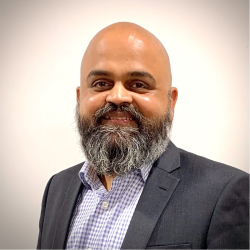
 Abstract Biography |
Advanced Packaging Conference |
| Holst Centre / TNO |
Hendriks, Rob
Impulse Printing™: Enabling 3D Printed Interconnects for Volume Production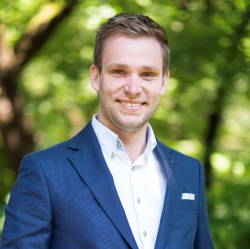
Abstract Biography |
Advanced Packaging Conference | |
| I | To top | ||
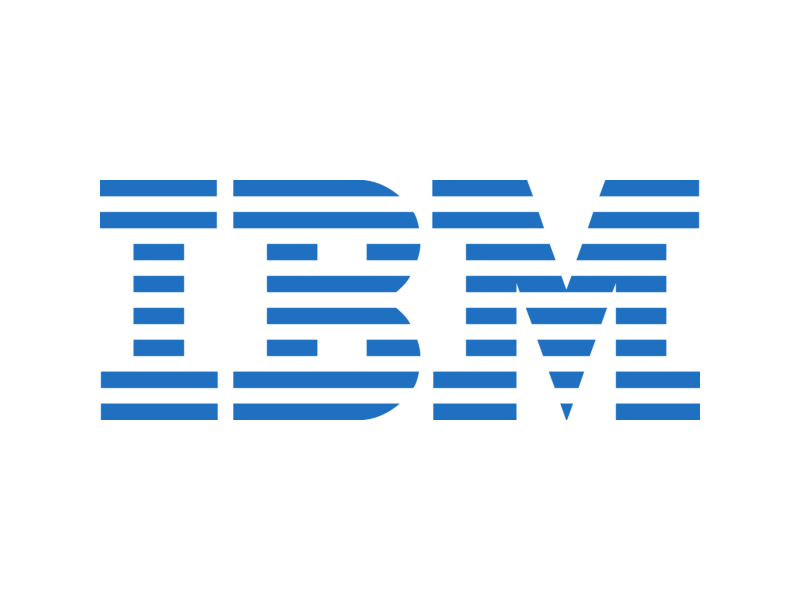 |
IBM Zurich |
Curioni, Alessandro
Keynote Opening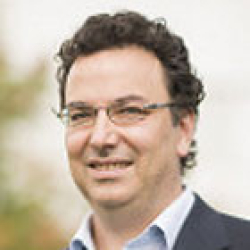
 Abstract Biography |
Smart and Green Manufacturing Summit |
 |
Imec |
Peeters, Michael
Opening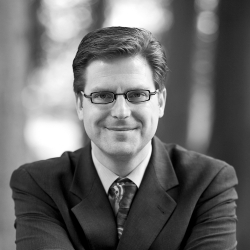
 Abstract Biography |
ITF Beyond 5G |
 |
Imec |
Collaert, Nadine
Tech talk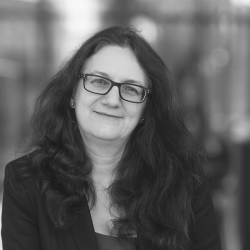
 Abstract Biography |
ITF Beyond 5G |
 |
Imec |
De Simone, Danilo
EUV Lithography patterning: status and challenges towards High NA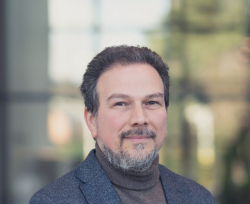
 Abstract Biography |
Materials Innovation |
 |
Imec |
Rolin, Cedric
The environmental footprint of Si chip manufacturing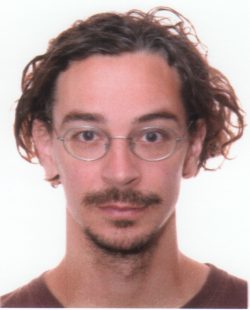
 Abstract Biography |
Smart and Green Manufacturing Summit |
 |
Imec |
Van den hove, Luc
Deep tech: the lodestar to meet the challenges of the 21st century.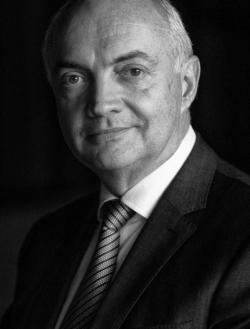
 Abstract Biography |
Executive Forum |
 |
INFICON |
Bode, Christopher
Predictive Maintenance Scheduling for Assembly Manufacturing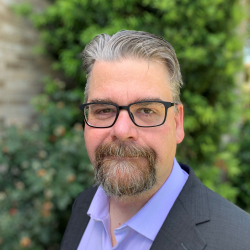
 Abstract Biography |
Advanced Packaging Conference |
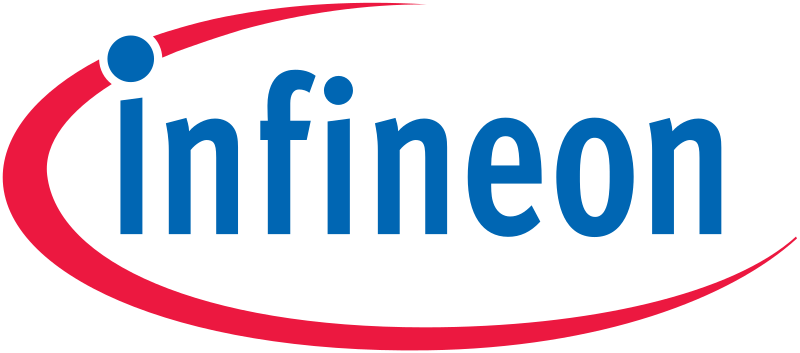 |
Infineon |
Knott, Bernhard
Innovative Sensor Packaging in Europe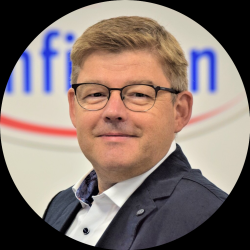
 Abstract Biography |
Advanced Packaging Conference |
| Infineon Technologies AG |
Friedrichs, Peter
SiC Power Technologies and business – empower a greener futureAbstract Biography |
Electrification & Power Semiconductors | |
 |
Intel Corporation |
Scheper, Frans
Building Europe’s Digital Future - A Pan European Investment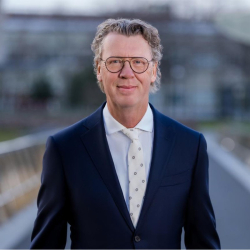
 Abstract Biography |
Advanced Packaging Conference |
 |
Intel Corporation |
Brady, Todd
Intel RISE2030 and 2040 carbon neutral goals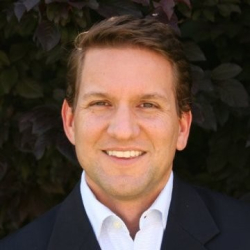
 Abstract Biography |
Smart and Green Manufacturing Summit |
 |
ISRL |
Zabelinsky, Ilya
Time to Collaborate. SubFAB Research and Development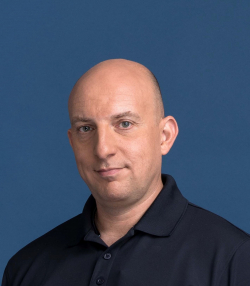
 Abstract Biography |
Innovation Showcase |
| K | To top | ||
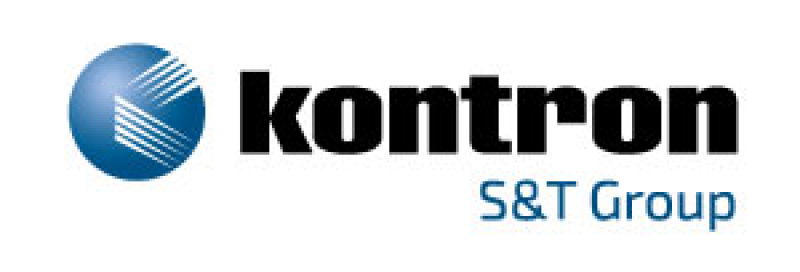 |
Kontron-AIS GmbH |
Mueller, Bert
Sensor Integration Framework with Interface A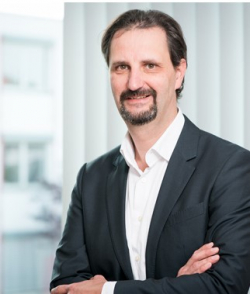
 Abstract Biography |
Thursday Innovation Showcase |
| L | To top | ||
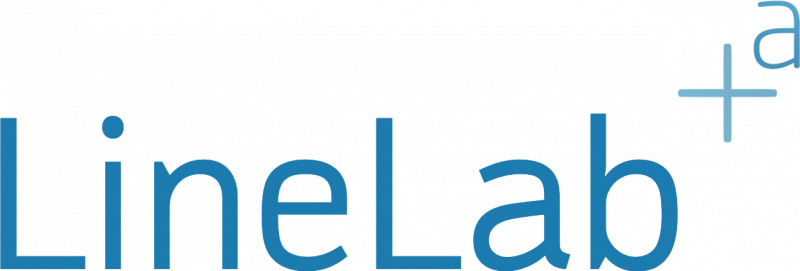 |
LineLab |
Nietner, Larissa
LineLab, an Analytical Tool for Modeling Semiconductor Manufacturing Systems
 Abstract Biography |
Fab Management Forum |
| M | To top | ||
 |
McLaren Applied |
Lambert, Stephen
High Performance 800V Silicon Carbide Inverters for Automotive Applications: The Next Step in Electrification?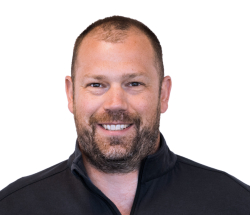
 Abstract Biography |
Smart Mobility |
|
|
Melexis |
Chombar, Francoise
Accelerating Gender Balance in the Semiconductor Talent Pool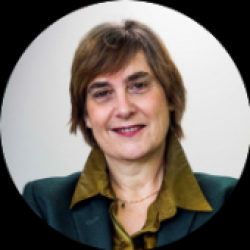
Abstract Biography |
The Future of Work |
 |
Merck KGaA |
Matz, Laura
Keynote Presentation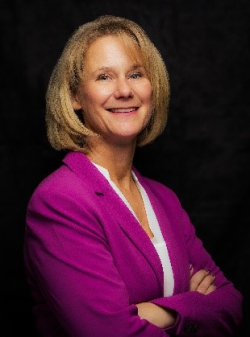
 Abstract Biography |
Executive Forum |
 |
MSV Systems & Services Pte Ltd |
Tan, Joe
Keep It Simple & Save (KISS) in Burn-In Operations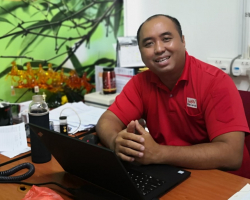
 Abstract Biography |
Innovation Showcase |
| N | To top | ||
| Newcastle University |
O'Neill, Anthony
Improving 4H-SiC MOSFETs by Gate Engineering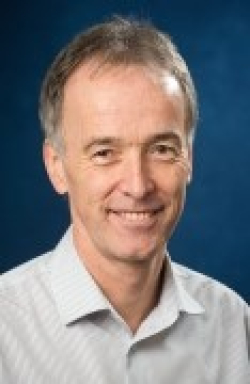
Abstract Biography |
Electrification & Power Semiconductors | |
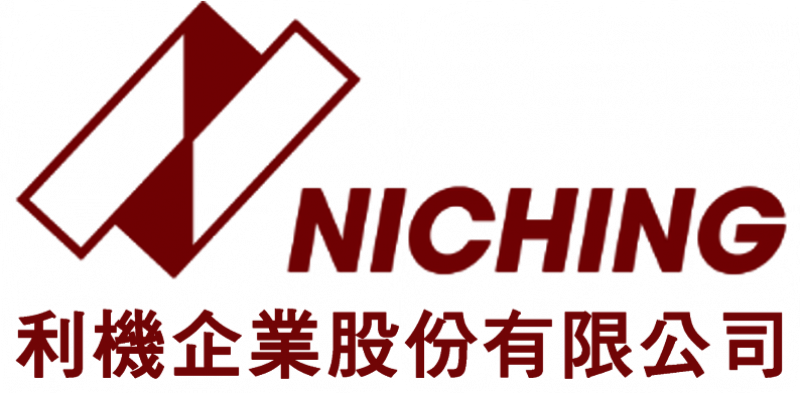 |
Niching Industrial Corp. |
Dong, Rui-Xuan
Ultra low-temperature silver sintering materials for substrate-based power applications Abstract Biography |
Advanced Packaging Conference |
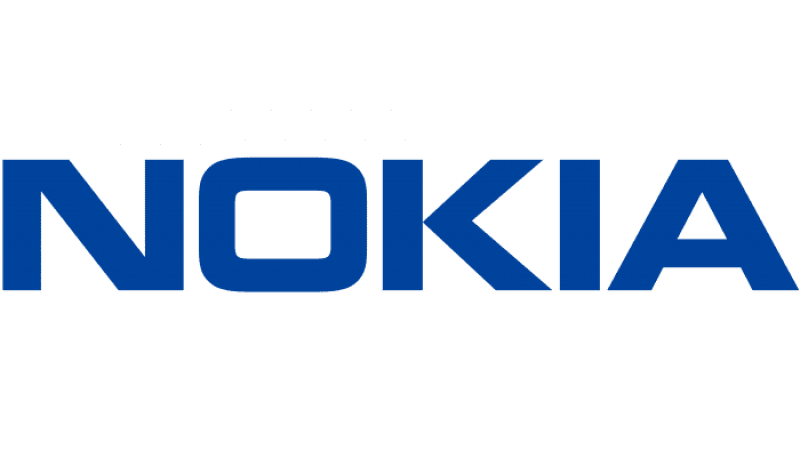 |
Nokia |
Ziegler, Volker
Panelist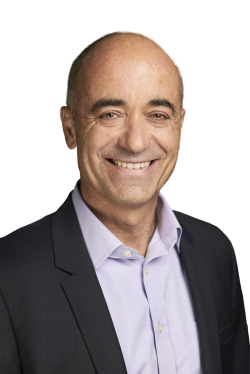
 Abstract Biography |
ITF Beyond 5G |
 |
Nova Ltd |
Szafranek, Dana
Spectral Interferometry (SI) And Vertical Traveling Scatterometry (VTS) Technology For Advanced Metrology Of Back-End-Of-Line (BEOL) Manufacturing Process Steps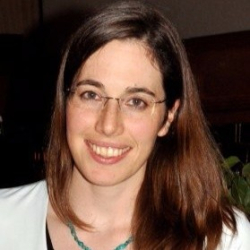
 Abstract Biography |
Innovation Showcase |
| O | To top | ||
| Oxford Instruments Plasma Technology |
O'Mahony, Aileen
A reliable manufacturing solution to enable normally-off recessed gate GaN MISHEMT by atomic layer etch and in-situ etch depth monitoring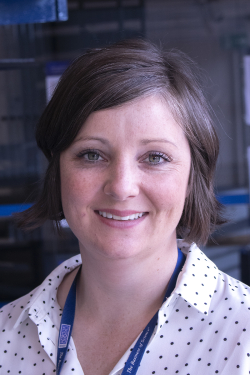
Abstract Biography |
Thursday Innovation Showcase | |
| P | To top | ||
 |
PEER Group |
Suerich, Doug
Treading lightly: How a pandemic pivot to remote integrations helped reduce our carbon footprint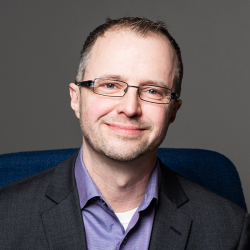
 Abstract Biography |
Smart and Green Manufacturing Summit |
 |
PhotonDelta |
Penning de Vries, René
Next generation microchips, powered by light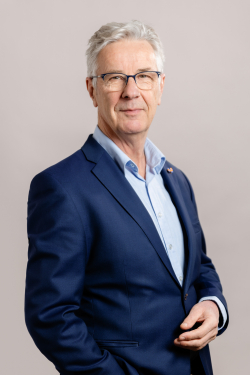
 Abstract Biography |
Integrated Photonics |
| R | To top | ||
| Robert Bosch GmbH |
Beer, Leopold
Semiconductors for Software Defined Vehicles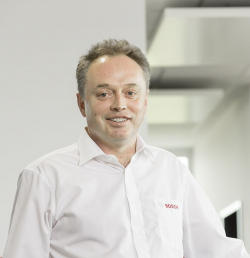
Abstract Biography |
Advanced Packaging Conference | |
| Robert Bosch GmbH |
Kokkinos, Christina
Silicon carbide boosting the path to e-mobility in various applications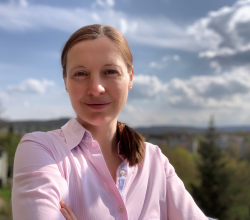
Abstract Biography |
Electrification & Power Semiconductors | |
 |
Robert Bosch GmbH |
Laermer, Franz
Medtech-Innovation through the Fusion of Microelectronics with Sensors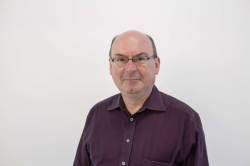
 Abstract Biography |
Smart MedTech |
 |
Robert Bosch GmbH |
Bornefeld, Ralf
Electrification for EVs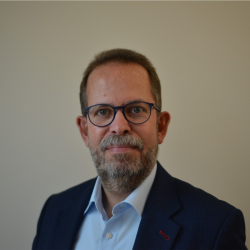
 Abstract Biography |
Fab Management Forum |
 |
Roland Berger |
Alexander, Michael
Next Generation Manufacturing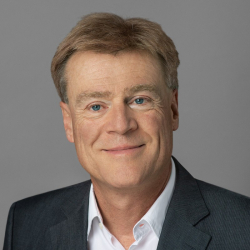
 Abstract Biography |
Fab Management Forum |
| S | To top | ||
 |
Schrödinger |
Elliott, Simon
Current trends in digital chemistry to drive semiconductor innovation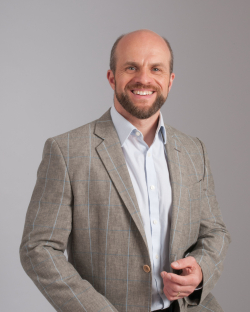
 Abstract Biography |
Materials Innovation |
 |
Scientific Visual S.A. |
Orlov, Ivan
Intelligent wafering: how to widen the bottleneck in semiconductor substrate manufacturing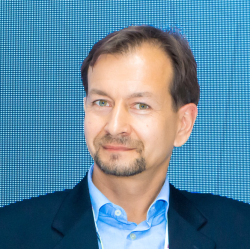
 Abstract Biography |
Innovation Showcase |
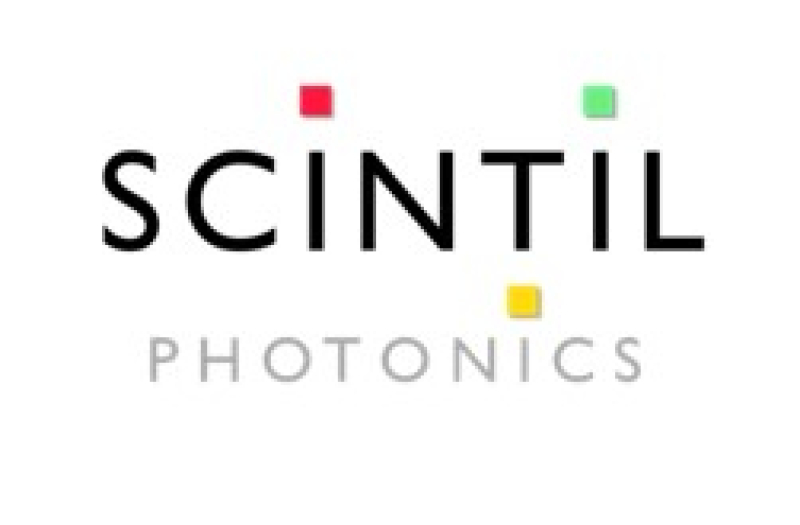 |
Scintil Photonics |
Langlois, Pascal
Advanced Photonic Integrated Circuits solutions with integrated lasers for ultimate optical connectivity in Datacenters, HPC and 5G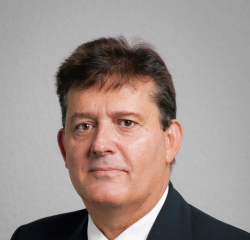
 Abstract Biography |
Integrated Photonics |
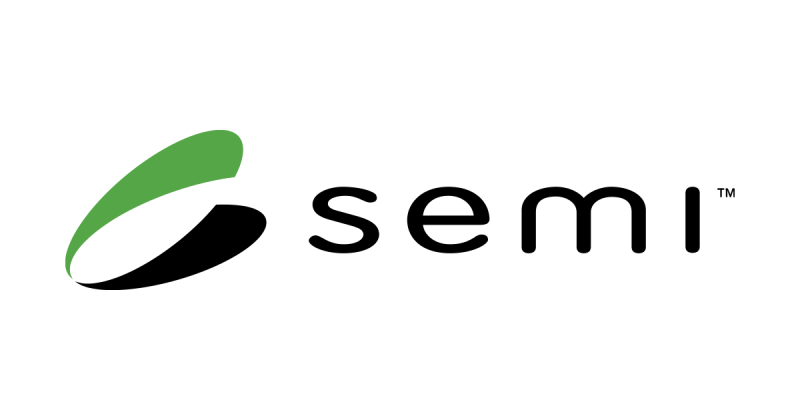 |
SEMI |
Manocha, Ajit
Welcome Note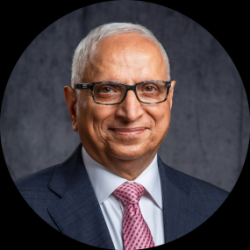
 Abstract Biography |
Executive Forum |
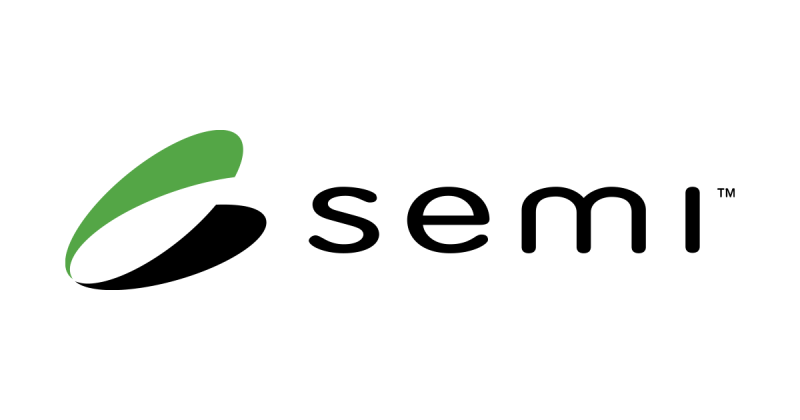 |
SEMI |
Weiss, Bettina
Global Updates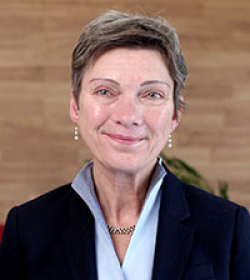
 Abstract Biography |
Smart Mobility Fab Management Forum |
 |
SEMI Europe |
Melvin, Cassandra
Opening Remarks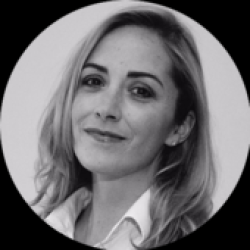
 Abstract Biography |
The Future of Work |
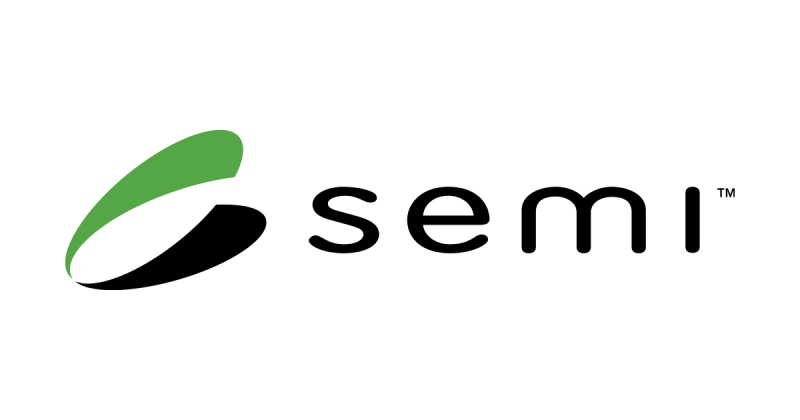 |
SEMI Europe |
Altimime, Laith
Welcome Note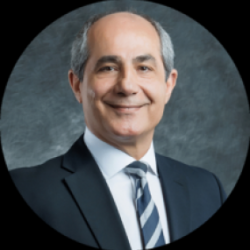
 Abstract Biography |
Executive Forum Fab Management Forum Smart MedTech |
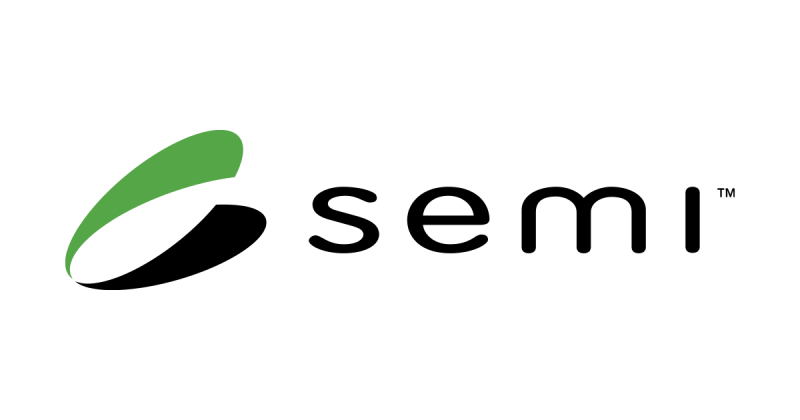 |
SEMI Europe |
Frieling, Christopher
Welcome Remarks
 Abstract Biography |
The Future of Work |
| SEMI Foundation |
Liss, Shari
The Work Force Supply-Chain Crunch and Need for a Diverse and Innovative Workforce Development.Abstract Biography |
The Future of Work | |
 |
SHK Engineering and Consulting GmbH & Co. KG |
Kummer, Sebastian
No fear of high dynamics in Fab core design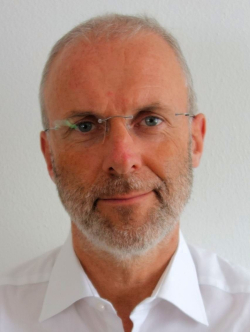
 Abstract Biography |
Fab Management Forum |
 |
Silicon Austria Labs GmbH |
Roshanghias, Ali
Ultra-fine pitch Die bonding approaches with Cu interconnects for high-performance 3D IC packages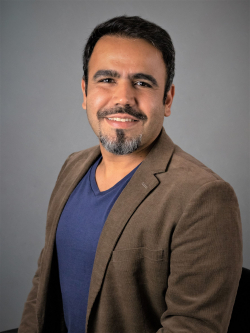
 Abstract Biography |
Advanced Packaging Conference |
 |
Soitec |
Maleville, Christophe
Industry talk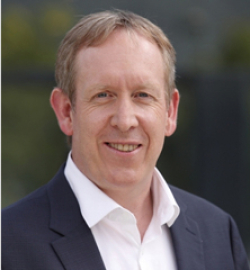
 Abstract Biography |
ITF Beyond 5G |
 |
ST Microelectronics |
Theveniau, Raphael
Complete LVS verification methodology and process for complex System-In-Package assemblies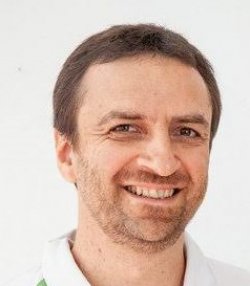
 Abstract Biography |
Advanced Packaging Conference |
 |
STMicroelectronics |
Champseix, Jean-Louis
Wellbeing and D&I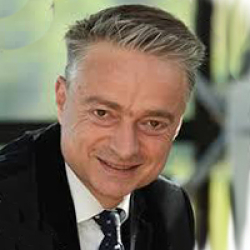
 Abstract Biography |
Fab Management Forum |
 |
SYSTEMA |
Roßbach, Philipp
How to simplify engineers’ life in complex Semiconductor Manufacturing. About democratization of information and its usage in production scheduling and root cause analysis.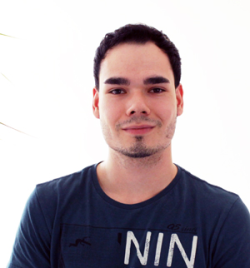
 Abstract Biography |
Fab Management Forum |
| T | To top | ||
 |
TechInsights Inc. |
Hutcheson, Dan
Frontier of Challenge and Opportunity: Semiconductor Shortages, Geopolitics, & Outlooks
 Abstract Biography |
Fab Management Forum |
| Technical University of Applied Sciences Regensburg |
Ramsauer, Ralf
Jailhouse: Mixed Criticality Systems for Semicondutor ManufacturingAbstract Biography |
Fab Management Forum | |
 |
TERADYNE |
Ducrocq, David
Minimizing Execution Risk in Test Solution Development Projects with a Technical Project Lead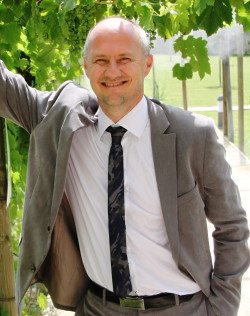
 Abstract Biography |
Innovation Showcase |
 |
Texas Instruments |
Thomas, Vipin Koshy
Machine Learning for Automated Image Classification in Yield Enhancement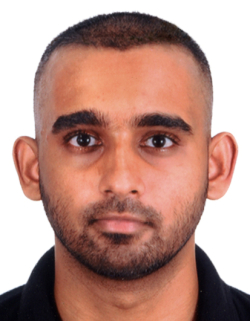
 Abstract Biography |
Fab Management Forum |
 |
time:matters GmbH |
Kohnen, Alexander
Panel Discussion – Navigating through global developments affecting the supply chain management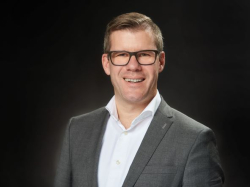
 Abstract Biography |
Fab Management Forum |
| Trinity College Dublin |
Boland, John
Nanoscale metals are comprised of grain boundaries that are significantly different from those found in bulk materials
Abstract Biography |
Materials Innovation | |
 |
TU Dublin |
Kelleher, John
Green AI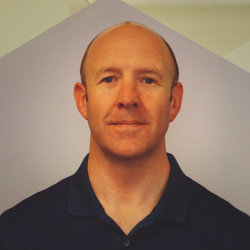
 Abstract Biography |
Smart and Green Manufacturing Summit |
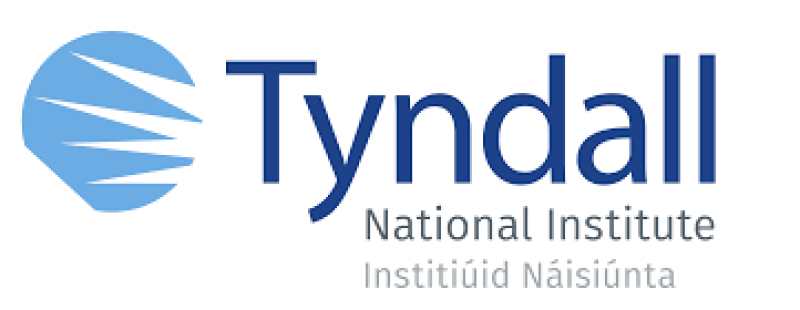 |
Tyndall National Institute |
Ghosh, Samir
Heterogeneously integrated InP-laser on Silicon Photonics realized by micro-transfer printing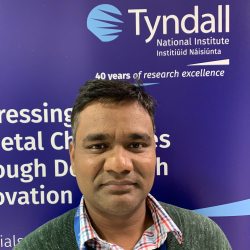
 Abstract Biography |
Integrated Photonics |
| W | To top | ||
 |
Wooptix |
Gaudestad, Jan
New Metrology Technique for Measuring Patterned Wafer Geometry on a full 300mm wafer
 Abstract Biography |
Innovation Showcase |
| X | To top | ||
 |
X-FAB |
Tillner, Rico
How medical devices are changing the customer-foundry relationship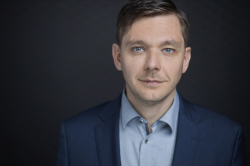
 Abstract Biography |
Fab Management Forum |
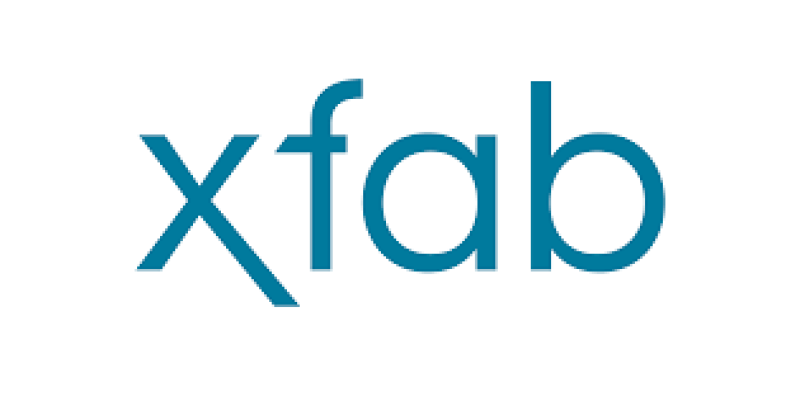 |
X-FAB Group |
U’Ren, Gregory
Industry talk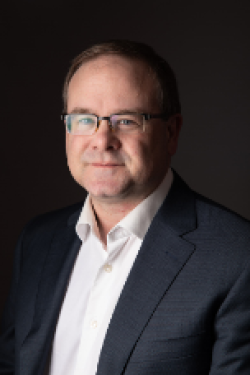
 Abstract Biography |
ITF Beyond 5G |
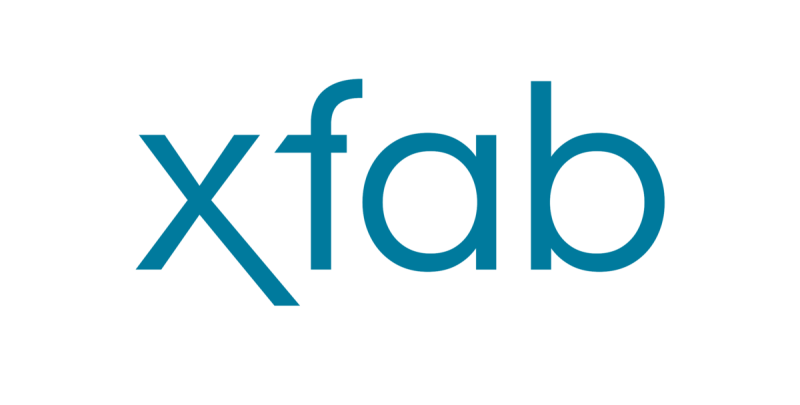 |
X-FAB Group |
Schoder, Henryk
The people challenge: How to overcome the skill shortage in the FAB´s?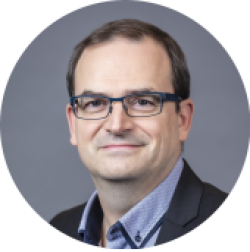
 Abstract Biography |
Fab Management Forum |